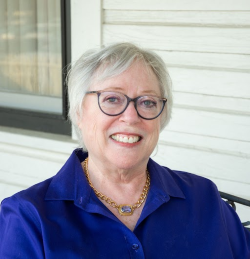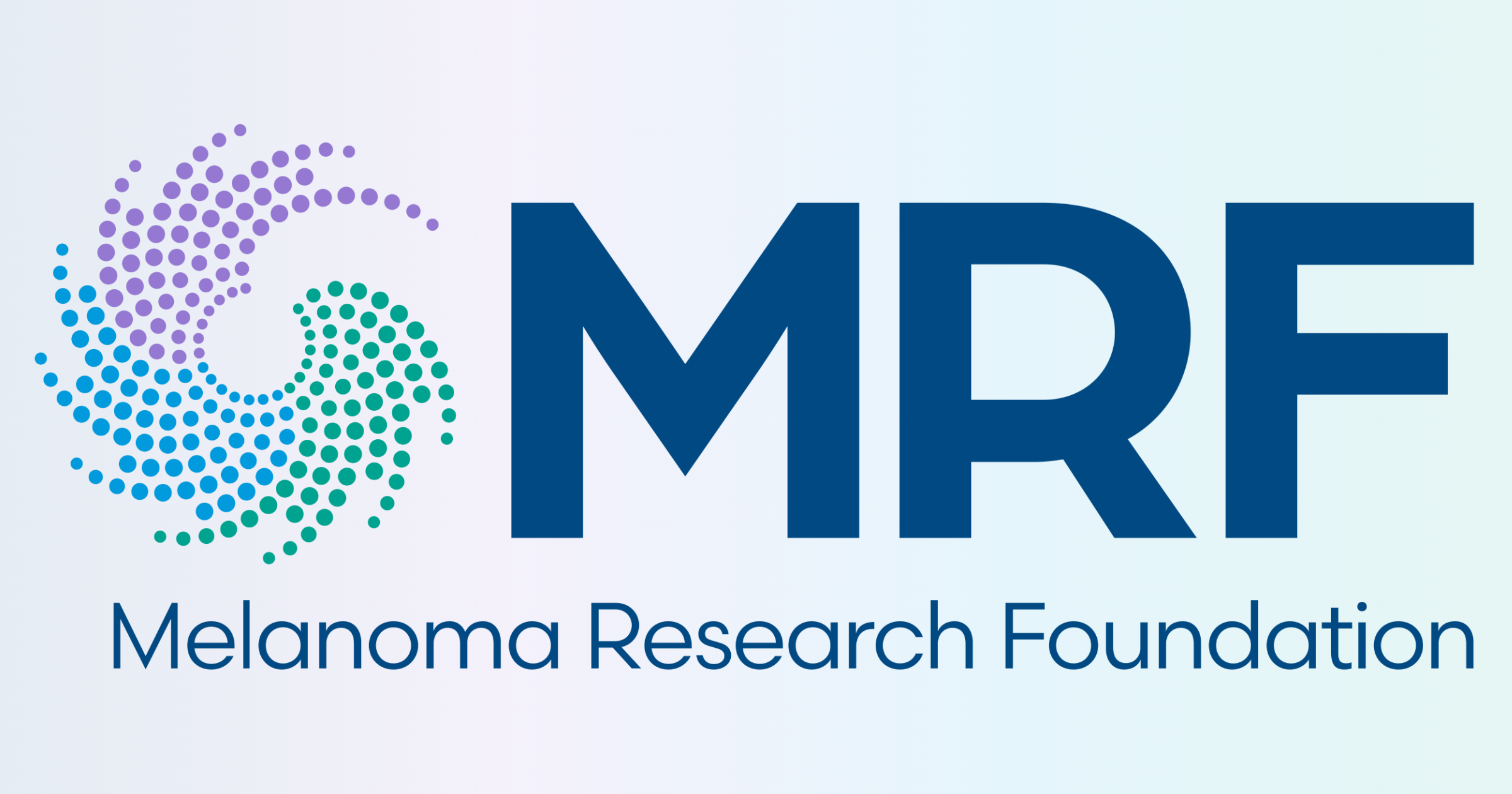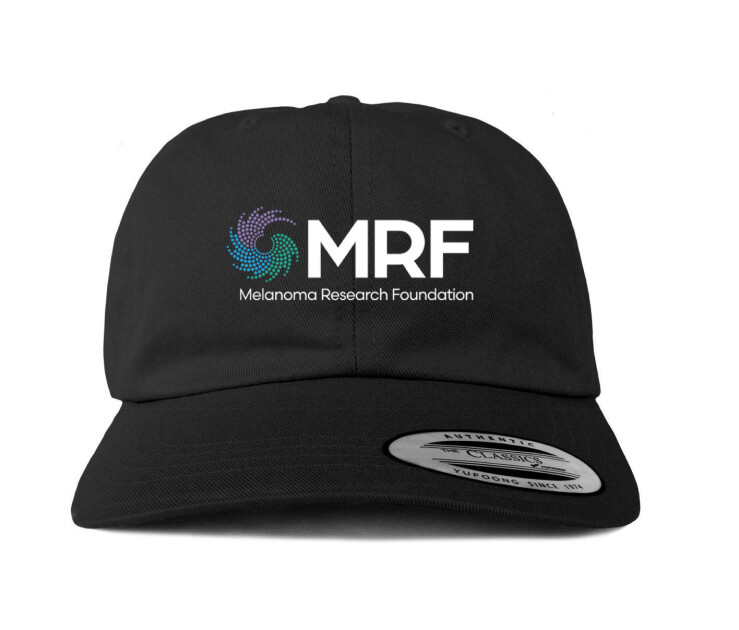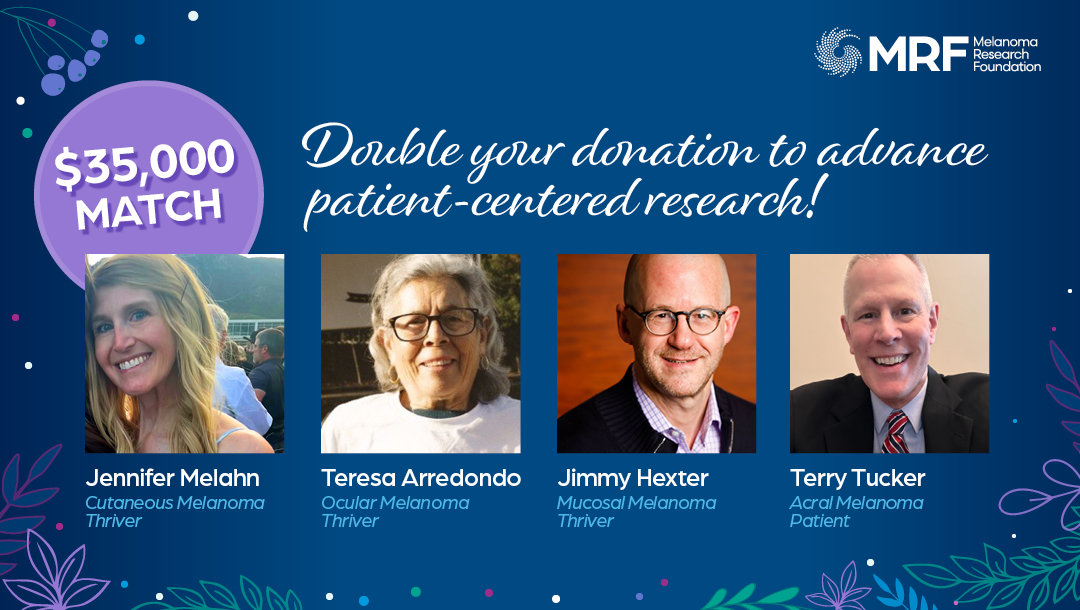A Single Scorching Sunburn Signaled Future Melanoma

Guest Blog SUBMITTED BY
Barbara Adams
Guest blog post by Barbara Adams, Melanoma Survivor:
In the 1960s, the rise of California beach culture made tanning a competitive sport — the darker, the better. As a freckled, fair-skinned kid who’d quickly turn pink on a sunny day, I wasn’t about to join my friends when they slathered baby oil (and in one case, cooking oil) head to toe then literally fried on beach towels spread out on their family driveways.
Sunscreen was limited and the concept of SPF was so new you couldn’t find anything higher than a 4, which, by today’s standard, might as well be nothing.
But I did buy into the “tan, don’t burn” promise of one company’s suntan lotion, thinking maybe I’d turn at least a little brown.
A few hours at the city pool when I was 12 proved me wrong.
By evening, I had all the signs of a scorching sunburn: beet red skin, blistered and peeling. I didn’t sleep that night; the bedsheet brushing against me felt like fire.
The next day, our family physician warned me: another bad sunburn and “we’ll be worrying about skin cancer.”
I took his words seriously and never got even a mild sunburn after that. But my only severe sunburn turned out to be more than just a painful memory: Fifty-some years later, I was diagnosed first with basal cell cancer then melanoma.
Spotting the Unspottable
Despite being cautious in the sun, I didn’t prioritize annual dermatology visits until I was in my 50s. For several years, those screenings were quick and uneventful: a thorough skin check and the usual reminder to wear sunscreen.
Then I developed the tell-tale sign of basal cell carcinoma — a sore that wouldn’t heal — on my forehead. After successful Mohs surgery, I figured that was that: the doctor’s long-ago prediction fulfilled and treated.
Several months later, though, I noticed a dark spot smaller than a pencil eraser on the side of my thigh. I didn’t have the best view, but it didn’t look like the melanoma photos I’d seen. It seemed so minor I didn’t even bring it up at my next dermatology appointment. But my dermatologist noticed it during the exam.
“How long have you had this?” she asked.
“Yeah, what is that? Maybe two months?”
The biopsy indicated melanoma, stage t1a. A wide local excision three weeks later removed what the surgeon called “classic melanoma.”
No, It’s Not “Just Skin Cancer”
It’s probably the prevalence of basal cell carcinoma that makes people underestimate other forms of skin cancer. When I told my friends I had melanoma, they generally shrugged it off. Isn’t that just another type of skin cancer, they asked, just not as common? Why are you acting like it’s a big deal?
When I said it was the deadliest form of skin cancer, they seemed puzzled: You can die from skin cancer? Telling them about someone I knew in high school, whose early stage melanoma returned after 17 years later and killed him, brought that lesson home.
It’s two-and-a-half years since my diagnosis. but I know I will have to be vigilant for the rest of my life. I check my skin on the first of the month (and I have a hand mirror to help me see every inch). I visit the dermatologist several times a year. My ophthalmologist regularly checks a freckle beneath my retina that’s been there for years. I’ve invested in UPF50 clothing for rare, prolonged sun exposure, and I just bought a sun umbrella to complement my hat collection.
Protect, check and repeat has become my mantra, a reminder of a long-ago sunburn that left lasting effects.




